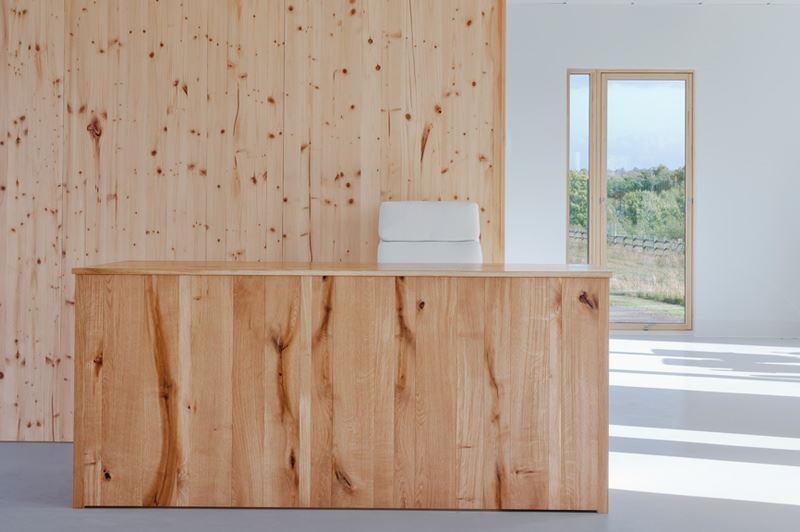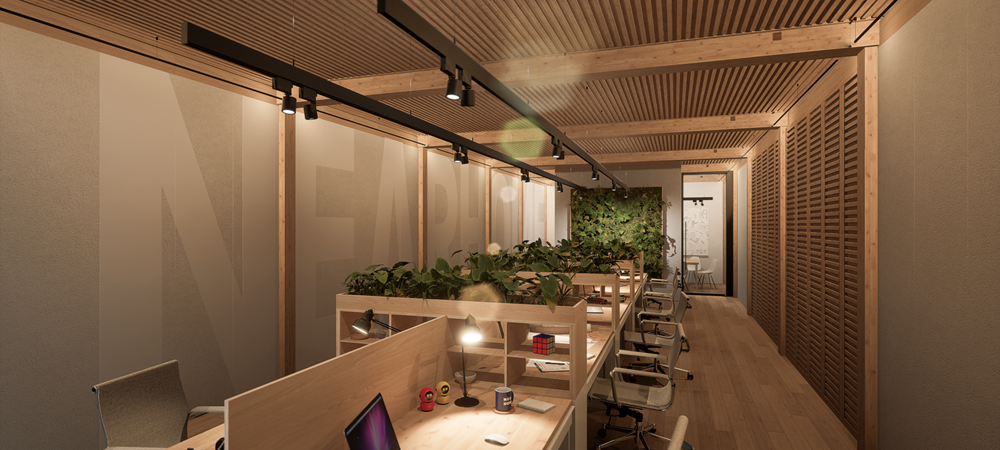Content
Key Scottish construction achievements in 10 years
What are some of the ten greatest achievements in the Scottish construction sector over the past decade, that deserve recognition for their economic, social, sustainable, and cultural impact on society at large?
The construction industry is innovating each and every day. Scotland offers valuable insights globally, consistently exceeding expectations with its ambition and impact. This is why we want to celebrate the sector, which drives excellence in our built environment, adds value to citizens’ lives, and accounts for 6% of the output in the Scottish economy.
To mark BE-ST's 10th anniversary, we highlight some of the key achievements in Scottish construction, which were completed, started or ongoing during these years.
2014. Glasgow’s Athletes Village for the Commonwealth Games - £150 million
The Athletes Village for the 2014 Commonwealth Games remains a major legacy in Glasgow's regeneration, as it brought a new sustainable residential community to the city's East End. ‘City Legacy’, a consortium of local contractors like CCG, Cruden, McTaggart and Mickel, WH Malcolm, built 700 homes in 700 days using offsite construction.
After housing over 6,500 athletes, the Village was converted into private and social housing to form a new community and leave a lasting legacy from the games themselves.
2015. Forth Replacement Crossing (Queensferry Crossing) - £1.35 billion
The Queensferry Crossing became the largest infrastructure project of its kind in Scotland, spanning the Firth of Forth.
At 1.7 miles long, it’s the longest three-tower, cable-stayed bridge in the world.
Completed in 2017, the Queensferry Crossing replaced the Forth Road Bridge, offering a more durable solution to the transportation needs between Edinburgh and Fife.
Transport Scotland commissioned the work as part of a joint venture between Jacobs Engineering UK, Dissing & Weitling Arkitektfirma A/S, EC Harris and Arup.
2016. Dumfries and Galloway’s Royal Infirmary - £213 million
Named as the UK’s first ‘Garden Hospital’, because of its courtyards and greenery, the Royal Infirmary in Dumfries and Galloway opened its doors in 2017, replacing an older facility with a state-of-the-art hospital.
Laing O’Rourke used modern methods of construction to build the hospital. With 344 beds, the project has now enhanced the region’s healthcare capacity as the hospital is now one of NHS Scotland’s best performing buildings for hospital-acquired infections.
2017. Aberdeen’s Western Peripheral Route (AWPR) - £745 million
The AWPR was a major road project aimed at reducing congestion in Aberdeenshire. Stretching over 58 kilometres, it diverts traffic away from Aberdeen’s city centre, reducing journey times and carbon emissions.
A partnership of Balfour Beatty, Carillion Private Finance (Transport) and Galliford Try delivered the AWPR.
The project has enhanced the city’s transport infrastructure, supporting economic growth and reducing environmental impact through improved traffic flow.
2018. V&A Dundee - £80 million
V&A Dundee, designed by Japanese architect Kengo Kuma, has become a cultural and architectural landmark. The museum has not only enhanced the city’s global standing but also boosted tourism, with over 500,000 visitors in its first year.
Delivered by BAM Construction, this striking museum on the Dundee waterfront is now a landmark for culture and architecture in Scotland.
2019. Edinburgh’s James Quarter - £1 billion
One of the major urban redevelopment project of the last ten years is the St. James Quarter, built to bolster Edinburgh’s retail and hospitality sectors. It ended up delivering one of the most iconic urban developments in the UK.
The lead contractor Laing O’Rourke used digital processes including BIM and on site methodologies, end-to-end, with all of the supply chain and team members involved in the digitalisation process – a massive feat for a project on this scale and complexity.
2020. Granton Waterfront Regeneration - £1.3 billion
Beginning in 2020 and still ongoing, this regeneration project is creating a new urban area in northern Edinburgh and aims to be the blueprint in urban development and regeneration for Scotland.
The Granton Waterfront Regeneration is one of Scotland's largest regeneration projects, delivering 3,500 new homes. The project places a strong emphasis on a holistic delivery approach, high-quality design and place-making, and a goal of net zero.
2021. Beyond Zero Homes
At a time when the world was gathering in Scotland for COP26, Beyond Zero Homes was an ambitious initiative showcasing zero carbon home design.
The project was a collaborative group of organisations who are joined together to demonstrate how affordable, healthy and comfortable homes can be developed with minimal impact on the environment, throughout their lifecycle.
The home was designed by Peter Smith from Roderick James Architects and sat in the City Centre near the COP26 venue during the event. Although a single prototype, the home put Scotland’s drive to net zero carbon emissions on a global stage in 2021.
2022. Deep Retrofit of 107 Niddrie Road
This Niddrie Road retrofit project is an exemplar of an old tenement building being transformed into a high-performing residential property while adhering to the highest and most stringent standard, EnerPHit.
For this reason, Niddrie Road is a best practice showcase for retrofitting. The approach highlighted the art of the possible, including the successes and challenges, of retrofitting historic properties
Local partners including Southside Housing Association, CCG Scotland and John Gilbert Architects led the Niddrie Road retrofit.
2023. East Kilbride Enhancement Project - £139.8 million
Part of Scotland’s Rail Services Decarbonisation Action Plan, this project focused on electrifying the East Kilbride line. This move is part of a broader effort to reduce carbon emissions on railway infrastructure.
Scottish Government awarded funding for the project in 2023 and the work on decarbonising the line is still ongoing. Regular updates can be found here.
2024. Scotland’s Largest Modular Low-Rise social housing development - £17 million
The modular housing development in East Ayrshire was great evidence of the effectiveness of modular building approaches.
Cunninghame Housing Association commissioned Connect Modular Ltd to deliver the project, which consisted of 101 low-rise, modular homes. The housing development was completed 18 weeks ahead of schedule. It did this while also remaining within budget. This development is considered Scotland's largest modular low-rise housing development and marks a significant milestone for Scotland’s housing sector.
Looking ahead at ten years
Scotland’s construction sector over the past decade has delivered transformative projects that have delivered economic, social and cultural value for our communities, while also advancing sustainable building practices and methodologies in construction.
However, we encourage the sector to continue pushing forward to deliver even better outcomes, and design and deliver projects worthy of being included ten years from now.
10 years of BE-ST
Did you know BE-ST is now ten years old too? If you are one of our partners, stakeholders or you are interested in our story so far, read the Story of BE-ST and the Net Zero Carbon Built Environment.





